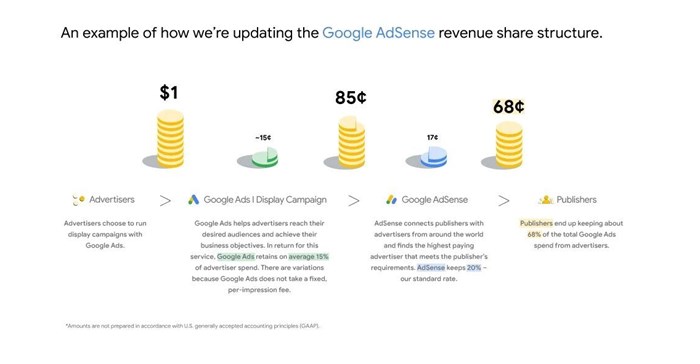Trending
Elections 2024
What publishers need to know about the Google AdSense changes

According to an email sent to publishers, Google Ads will update its revenue share structure to split its rate into separate buy- and sell-side fees and move to per-impression payments for all inventory.
This means that publishers will be paid for each ad impression, regardless of whether the user clicks on the ad or not. Google Ads claims that this update will provide a more consistent payment structure for publishers across Google’s products and third-party platforms.
There are also new campaign types, such as Responsive Search Ads and Performance Max campaigns, which are designed to optimise ad performance and reach more customers across multiple channels, including Search, Display, YouTube, and Gmail.
However, these campaign types also give Google more control over how and where the ads are shown, and some marketers are concerned that they will lose flexibility and transparency.
What does this mean for publishers?
Based on Google’s tests, it does not expect publishers to see a change in their earnings as a result of these updates. This means that, despite the changes, the income generated from AdSense for most publishers should remain stable.
No immediate action is required from publishers. The changes do not necessitate any modifications to the ad implementation for either Auto ads or manual ad units. The revenue share update primarily affects AdSense for Content (AFC).
These changes have significant implications for marketers who use Google Ads to grow their businesses. Marketers will need to learn how to use the new campaign types effectively and decide whether they are suitable for their goals and budgets.
They will also need to be more careful about their keyword selection and negative keywords, as Google Ads has made some changes to broad-match keyword targeting that may result in ads appearing for irrelevant or unrelated searches.

















